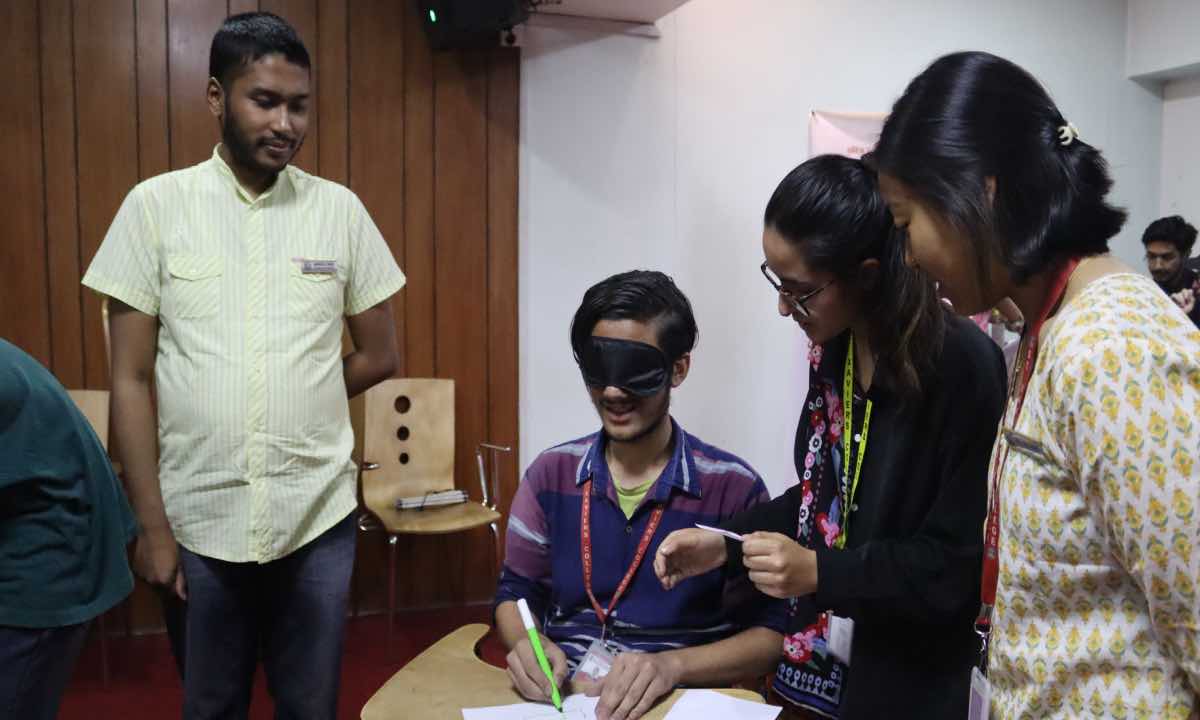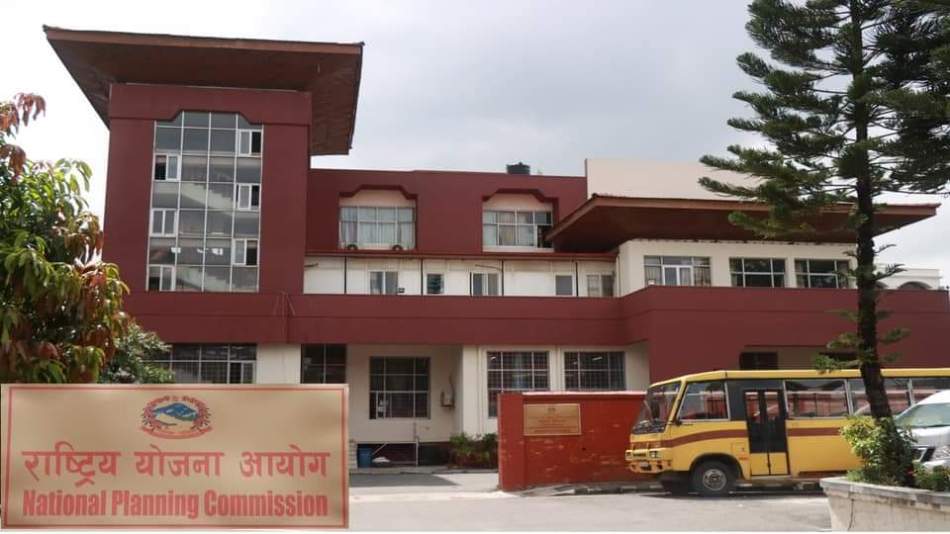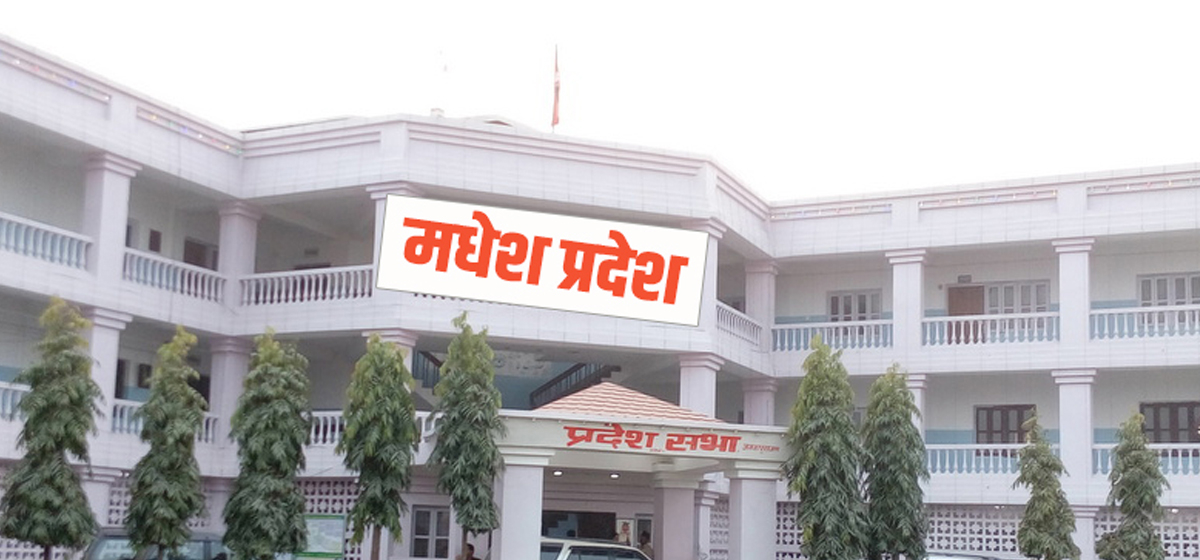
OR
Nijgadh airport must be built
Published On: September 17, 2018 02:00 AM NPT By: Republica | @RepublicaNepal
When the country initiates a big infrastructure project it should obviously consider economic viability, how the project will benefit the country and people and how the government will manage funds for the project. Likewise, we also need to gauge environmental aspects. This is why Environmental Impact Assessment (EIA) is carried out to measure the level of environmental loss, if any, and to find the way to compensate that loss before big projects are implemented. To that extent, every debate and discussion about the project becomes valid. But it increasingly seems like we are looking into Second International Airport (SIA) at Nijgadh with visible degree of bias. While environmentalists have focused on only the number of trees that will be cut down to build this project, the government does not seem to have been able to address those concerns convincingly. As a result what could become Nepal’s game changing project has come to be associated only with environmental danger. We fear this lopsided view could put the very possibility of building this airport in perpetual uncertainty. This should not be allowed to happen.
For one, the government has repeatedly clarified that construction of Nijgadh International Airport will take care of environmental issues as much as possible. Though the airport has a total of 8,000 hectares of land, only 2,000 hectares will be used for the construction of its structures, Minister for Culture, Tourism and Civil Aviation Rabindra Adhikari has informed. He has also refuted the claim that over 700,000 trees will be cut down. And that actual number of trees to be cut down for the project will be around 1, 95,000, and that also based on necessity. Adhikari has promised that for every single tree that will be felled, 25 new trees will be planted. If this plan actually materializes, construction of this airport could come as a blessing from ecological perspectives as well. Importantly, the government has also promised to duly follow the Environmental Protection Act in constructing the airport. In this context, it won’t be wise to raise suspicions about the very project that could possibly transform Nepal’s tourism landscape, its economy and connectivity.
After many years, the government of Nepal has expressed firm commitment to building a mega infrastructure project. And for the first time in many years a young minister has been relentlessly pushing for taking the project to completion. The need for alternative international airport in Nepal has been felt for a long time. Every passing year, air traffic is increasing and the number of people travelling by planes has increased as much. Tribhuvan International Airport (TIA), we all know, have become too crowded and too small. The Nijgadh airport could be an international hub like Indira Gandhi International Airport, serving as a transit for as many as 22 neighboring countries. The national pride project that started in 1995 has taken far too long to even start already. And many fear that the misguided debate on this project could lead us to the fate of Arun III, which remained stalled for years, and the prospect of which has started to seem real only recently. How to minimize environmental damage and how to realize the plan of planting as many trees for every single tree that will be felled should be the concern. But let’s not allow the debate to derail the project itself. We need Nijgadh airport, and we need it as early as possible.
You May Like This

Committee recommends immediate start of Nijgadh airport works
KATHMANDU, Jan 27: Parliament's sub-committee formed for field study of progress of airports under the national pride projects has recommended the... Read More...

President’s lust for trips abroad must be checked
The Office of the President and its chief occupant is expected to set example of simplicity—especially in countries struggling with... Read More...

Time for soul-searching within NCP
Political leaders often defend their respective parties’ stance on issues and tend to justify the unjustifiable, no matter how illogical... Read More...







Just In
- First meeting of Nepal-China aid projects concludes
- Lungeli appointed as Minister for Labor and Transport in Madhesh province govt
- Bus knocks down a pilgrim to death in Chitwan
- One killed in tractor-hit
- Karnali Chief Minister Kandel to seek vote of confidence today
- Chain for Change organizes ‘Project Wings to Dreams’ orientation event for inclusive education
- Gold price decreases by Rs 200 per tola today
- National Development Council meeting underway












Leave A Comment